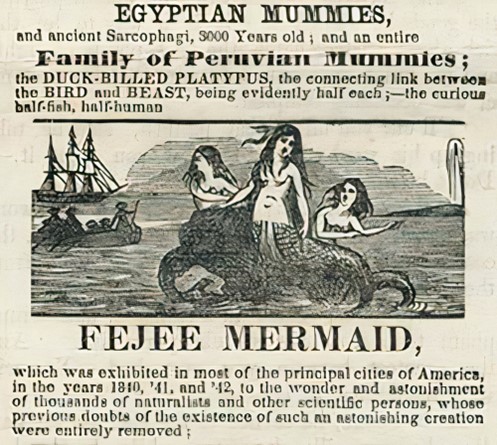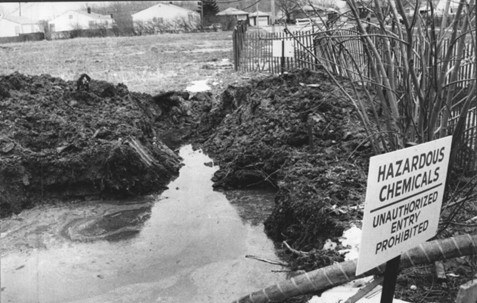What is public relations?
The field of public relations is often associated with negative stereotypes, such as dishonesty and manipulation of the truth. However, these preconceived notions couldn’t be further from the truth – accuracy and honesty are of utmost importance within PR, as the wrong information can lead to severe reputational consequences.
At its core, PR aims to build and maintain relationships between an organisation and its various stakeholders. Due to advancements in technology, changes in media consumption habits, and shifts in societal values, PR is an ever-evolving field. As such, it is vital for PR professionals to be able to navigate the dynamic digital landscape in order to effectively communicate with their target audiences. Additionally, as society’s values and priorities change, PR professionals must be able to adapt their strategies to align with these changes.
As such, the role of PR has expanded tremendously beyond where it first began as traditional media relations. Now, PR encompasses a wide range of communication tools, including; crisis management, reputation management, and influencer marketing.
Therefore, I thought it would be interesting to dive into the history of PR and examine how it has progressed over its history.
How has Public Relations evolved over time?
Early forms of PR:
One of the earliest forms of PR was known as “press agentry,” which involved promoting events and products through the media. The first example of this can be traced back to the late 19th century, when the infamous American showman and businessman, P.T. Barnum (see: The Greatest Showman), utilised publicity stunts and sensationalism to promote his circus and other attractions.
Barnum was highly skilled at generating media coverage in newspapers and creating buzz around his events. He would often create elaborate hoaxes, such as announcing that a mermaid was part of his circus and then having a fake mermaid on display, to attract attention and draw crowds. This approach was primarily focused on getting as much exposure as possible and was not concerned with building relationships or managing the reputation of the organisation. Yet, Barnum’s tactics set the precedent for modern press agentry and helped establish the field of public relations.

P. T. Barnum’s Feejee mermaid hoax securing newspaper coverage in the 1840s
1940s and 1950s:
In the 1940s and 1950s, PR began to shift towards a more strategic approach known as “public relations counsel.” This approach involved using PR as a way to manage the reputation of an organisation and build relationships with key stakeholders. PR professionals would work closely with executives to develop and implement PR campaigns that were aligned with the overall goals and strategy of the organisation.
This shift was driven by several factors, including the increased importance of corporate image and reputation management, the rise of professional public relations practitioners, and a growing recognition of the need for strategic communication planning. As a result, press agentry evolved to include a broader range of services, such as research, planning, and evaluation, and a greater emphasis on building and maintaining relationships with key stakeholders. This shift also led to the development of new public relations techniques, such as media relations, crisis communication, and employee communication.
One example of public relations counsel from the 1940s is the “Rosie the Riveter” campaign, which was developed by the U.S. government to encourage women to enter the workforce during World War II. The campaign used a variety of media, including posters, films, and magazines, to promote the idea that women could successfully work in traditionally male jobs, and to counter stereotypes that women were not capable of performing such jobs. This campaign was widely considered to be a success and helped to increase the number of women in the workforce during the war.

Rosie the Riveter poster used during World War II
This example illustrates how public relations counsel evolved from press agentry, progressing from just creating and distributing messages to a more considered effort that involves conducting research, planning, and evaluation. As such, this enabled PR practitioners to understand their audience and tailor their messages accordingly, successfully building and maintaining relationships with key stakeholders.
1960s and 1970s:
In the 1960s and 1970s, there were several high-profile cases of damaging corporate practices. This led to PR undergoing another major shift, with the rise of corporate social responsibility (CSR). This approach emphasised the importance of corporate citizenship and the need for organisations to be socially responsible and accountable. PR professionals began to focus on issues such as environmental sustainability, diversity and inclusion, and philanthropy, in addition to traditional PR activities such as media relations and crisis management.
Here are a few examples:
- Love Canal: In the late 1970s, residents of Love Canal, a neighbourhood in Niagara Falls, New York, discovered that the area had been used as a dumping ground for toxic chemicals by the Hooker Chemical Company. The chemicals had seeped into the soil and groundwater, causing serious health problems for the residents. The Love Canal disaster brought attention to the issue of environmental pollution and the need for companies to be more responsible in their disposal of hazardous materials.
- Bhopal disaster: In 1984, a chemical leak at a Union Carbide plant in Bhopal, India, killed more than 3,000 people and injured hundreds of thousands. The disaster brought attention to the need for companies to prioritise safety and be proactive in their efforts to prevent accidents and protect the environment.
- Nestle and infant formula: In the 1970s, Nestle was criticised for its marketing practices related to infant formula in developing countries. The company was accused of promoting the use of formula over breastfeeding, which can be less healthy and more expensive for families in these countries. The controversy led to the adoption of the World Health Organization’s International Code of Marketing of Breast-milk Substitutes in 1981, which set guidelines for the marketing of infant formula.

A hazardous chemical leak on a Love Canal resident’s property, 1976
21st century:
In the 21st century, PR has continued to evolve with the rise of digital media. The proliferation of social media platforms, blogs, and other online channels has given organisations new ways to communicate with their stakeholders and manage their reputations. PR professionals now use a range of digital tools and tactics, such as social media management, content marketing, and influencer outreach, to engage with their audience and build relationships.
Overall, the evolution of PR has been driven by changes in technology, society, and the media landscape. As these forces continue to shape the way we communicate, it is likely that PR will continue to evolve and adapt to meet the changing needs of organisations and their stakeholders.

Hatch shoot with England Men’s footballers for the Where Greatness Is Made campaign
What will the future of PR look like?
Evidently, PR is constantly evolving and it is expected that we will see significant changes in the way it is practised in the future. As technology continues to evolve, PR is likely to change in a number of ways. One of the biggest changes will likely be the use of artificial intelligence (AI) and automation in PR. This could include using AI to analyse data and identify key influencers and trends, as well as automating the distribution of press materials. Additionally, the rise of social media and other digital channels has led to a greater emphasis on real-time communication and the ability to track and measure the impact of PR campaigns. As a result, PR professionals will need to be proficient in using digital tools and data analysis to effectively engage with their audiences. Overall, technology is likely to continue to play an increasingly important role in the practice of PR, making it more data-driven, personalised, and efficient.

From the rise of AI to new social media platforms, read more about our predictions for the top 2023 Digital PR trends here.





